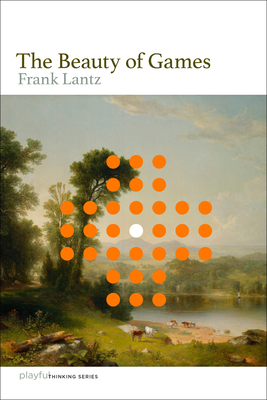
description
ng, and how we can use them to explore the aesthetics of thought. Are games art? This question is a dominant mode of thinking about games and play in the twenty-first century, but it is fundamentally the wrong question. Instead, Frank Lantz proposes in his provocative new book, The Beauty of Games, that we think about games and how they create meaning through the lens of the aesthetic. We should think of games, he writes, the same way we think about literature, theater, or music--as a form that ranges from deep and profound to easy and disposable, and everything in between. Games are the aesthetic form of interactive systems, a set of possibilities connected by rules of cause and effect. In this book, Lantz analyzes games from chess to poker to tennis to understand how games create beauty and evoke a deeper meaning. He suggests that we think of games not only as hyper-modern objects but also as forms within the ancient context of artistic production, encompassing all of the nebulous and ephemeral qualities of the aesthetic experience.
member goods
No member items were found under this heading.
notems store
listens & views

WINNING LOSERS: COLLECTION OF HOME ...
by BARLOW,LOU / ACOUSTIC SENTRIDOH
COMPACT DISCout of stock
$15.25
Return Policy
All sales are final
Shipping
No special shipping considerations available.
Shipping fees determined at checkout.






